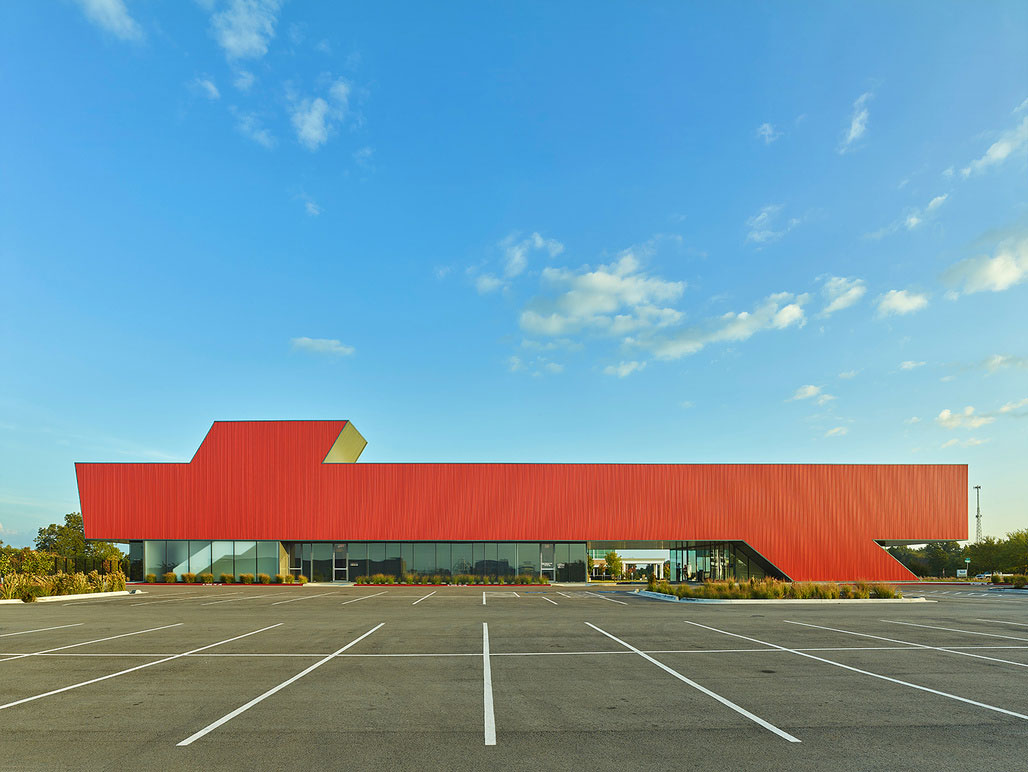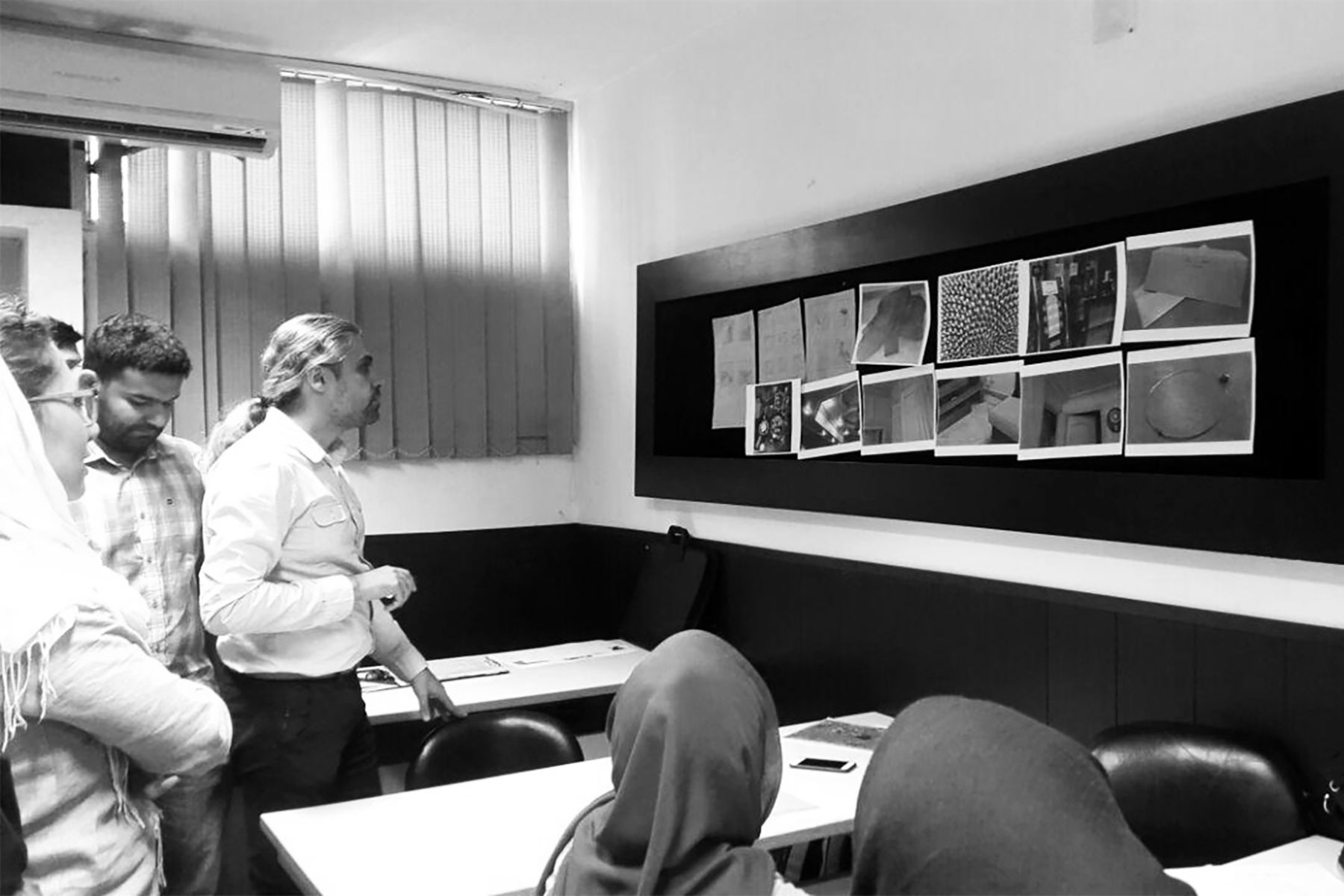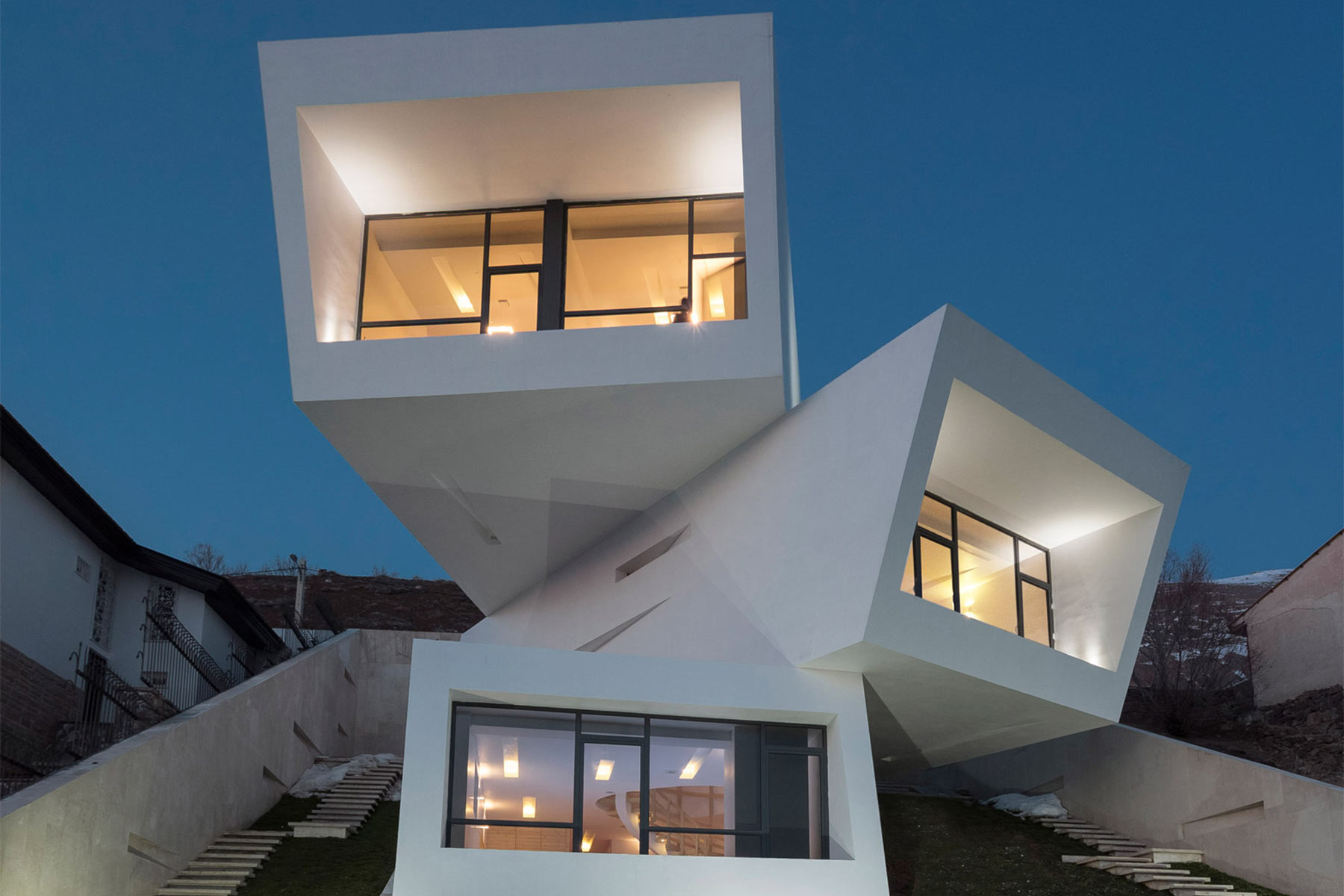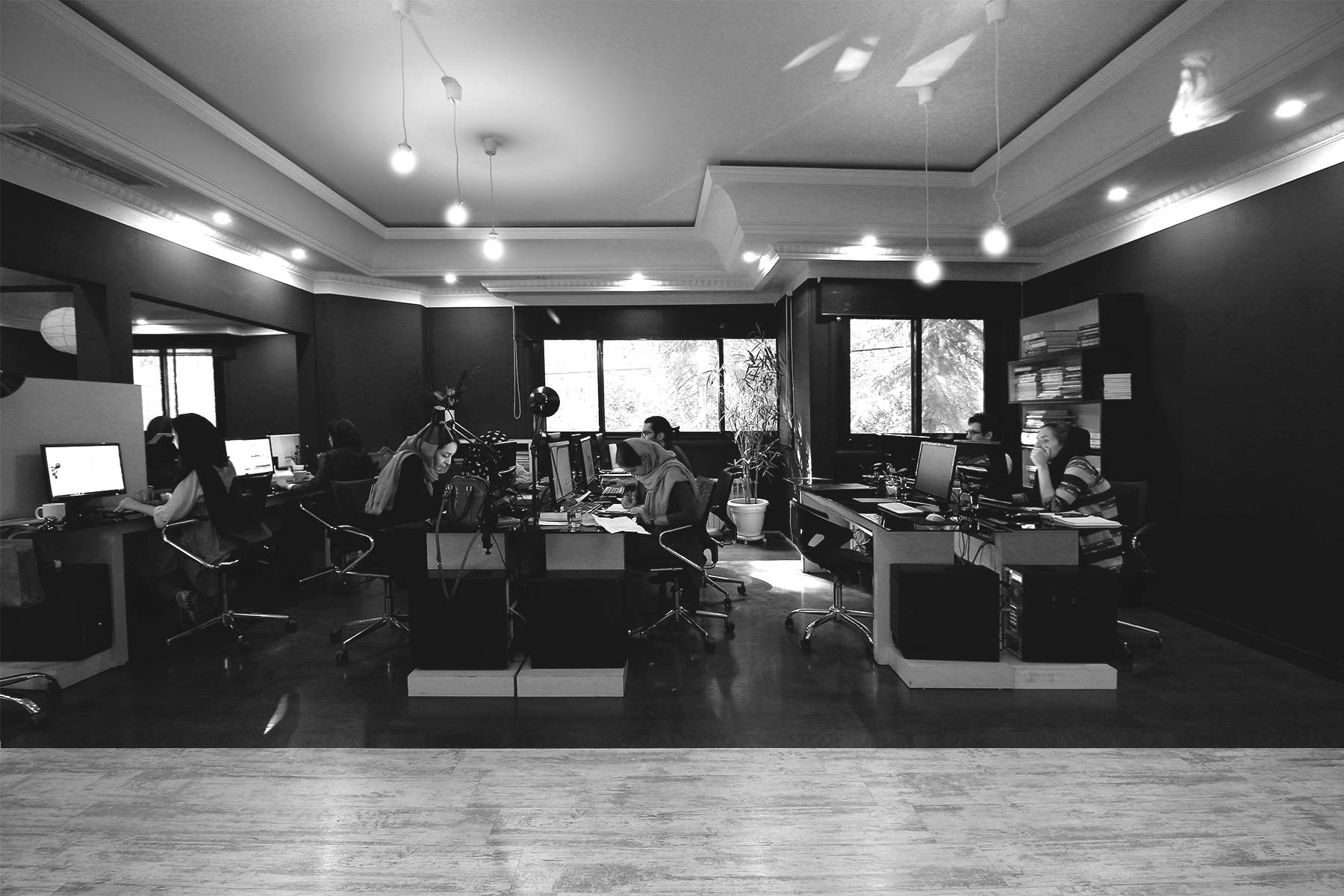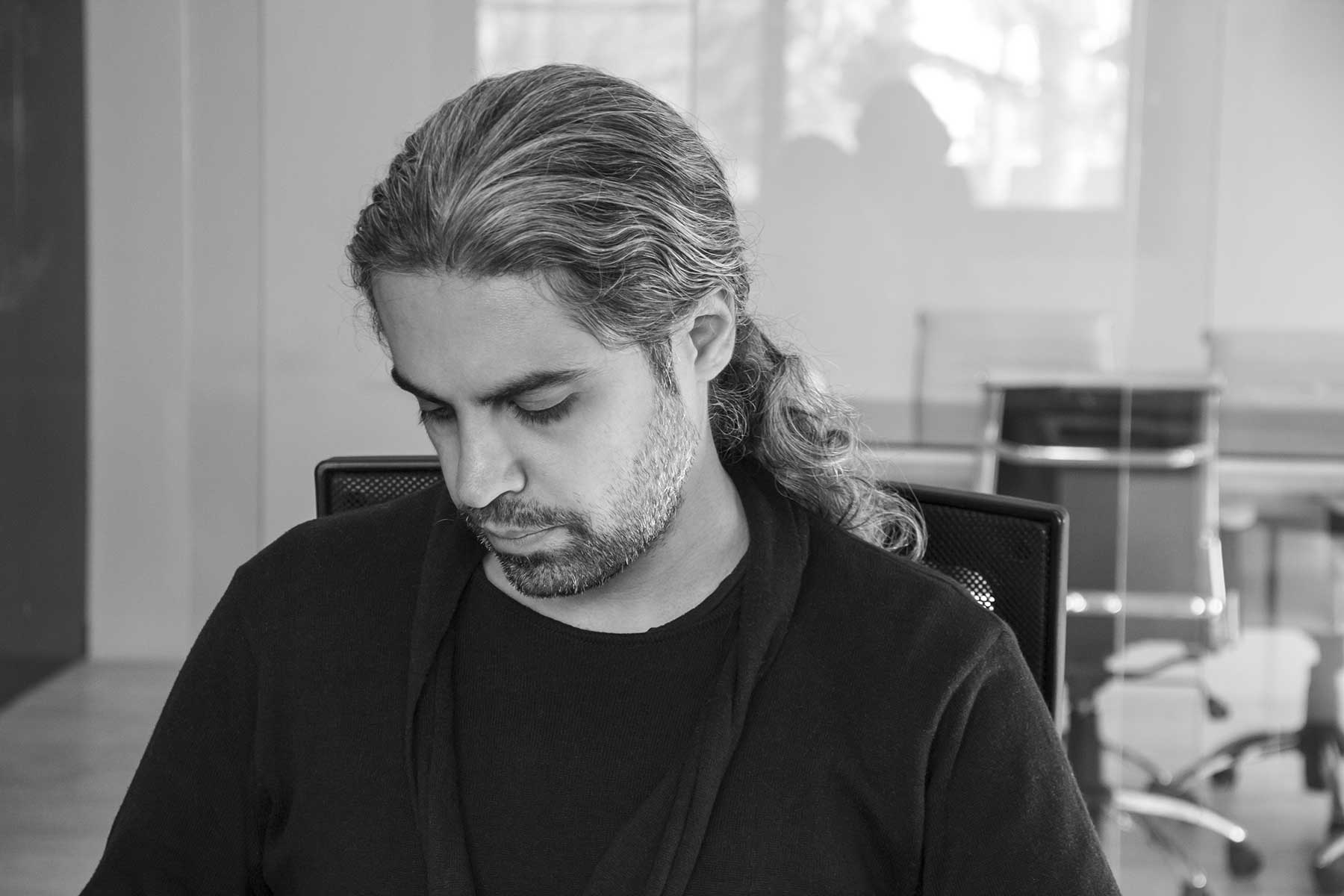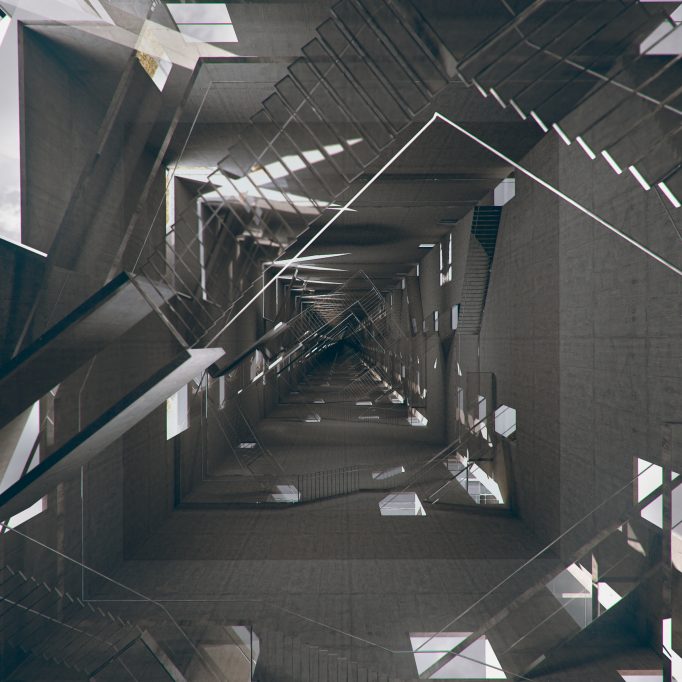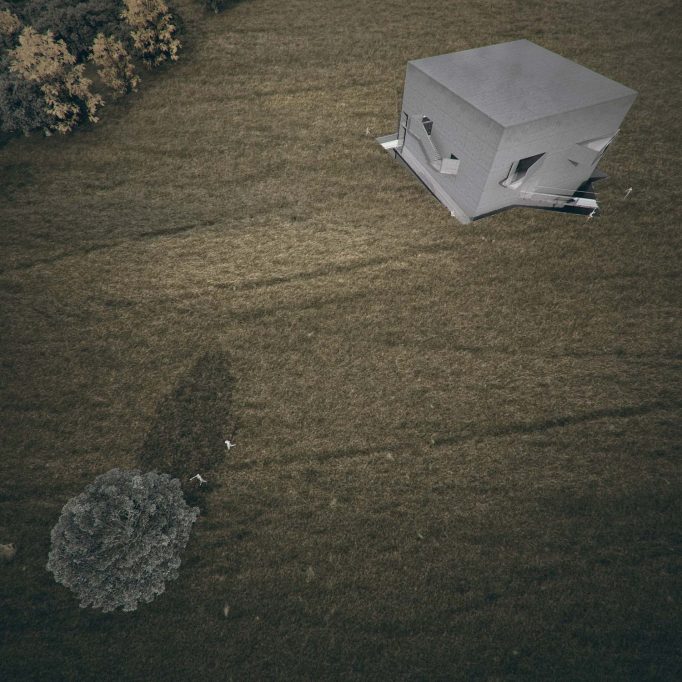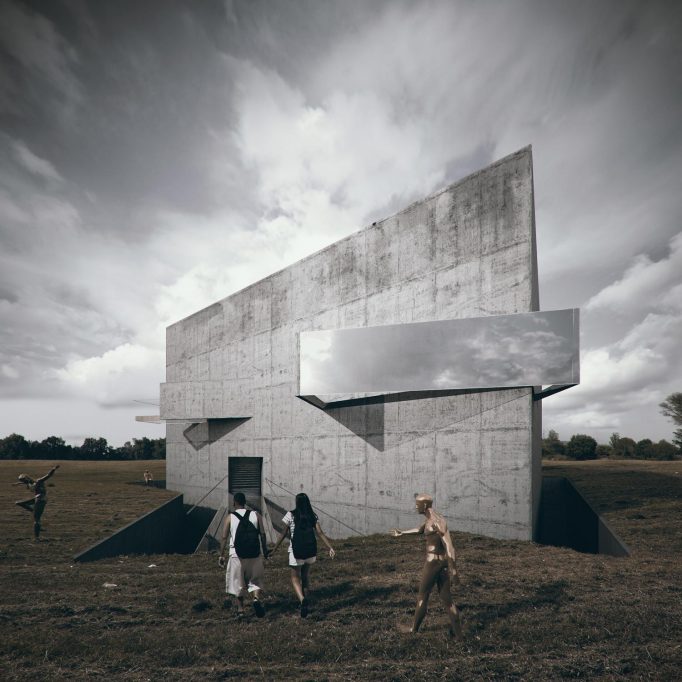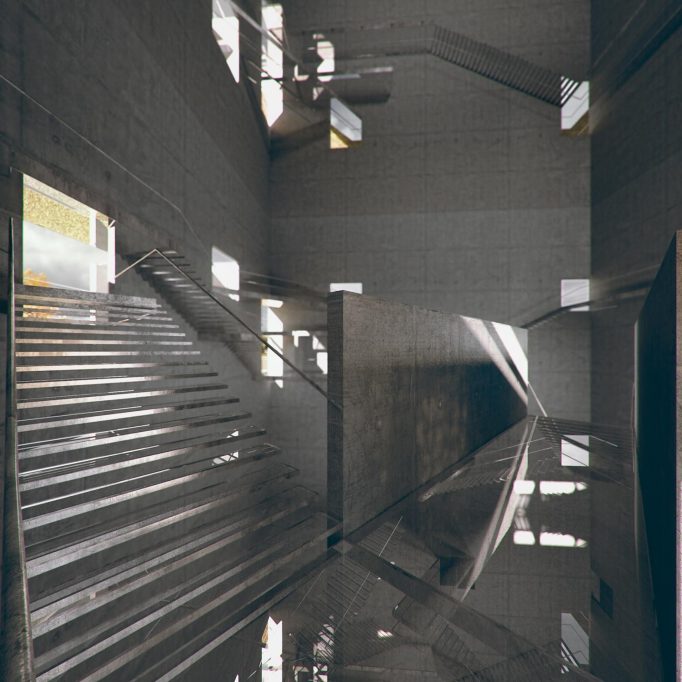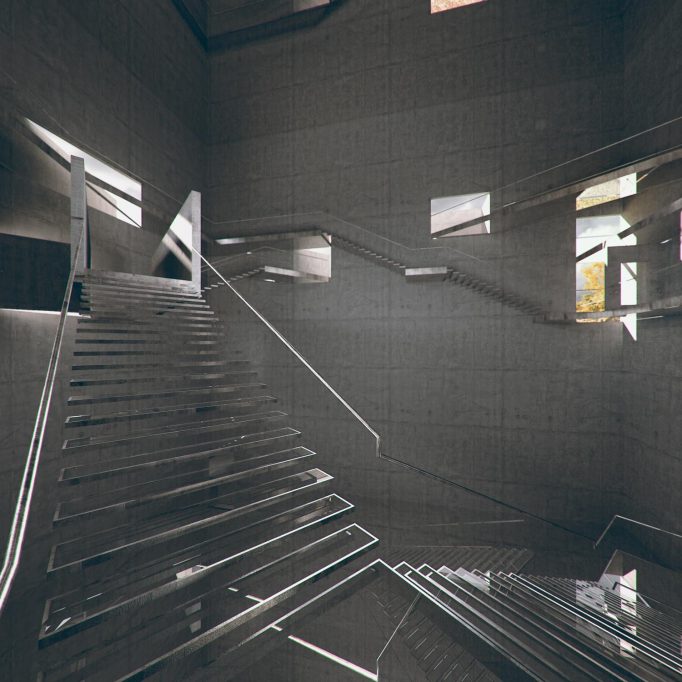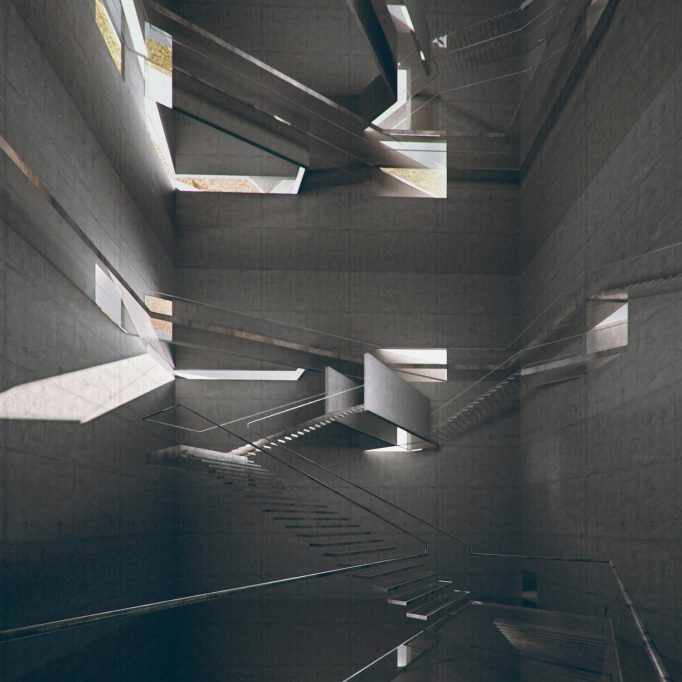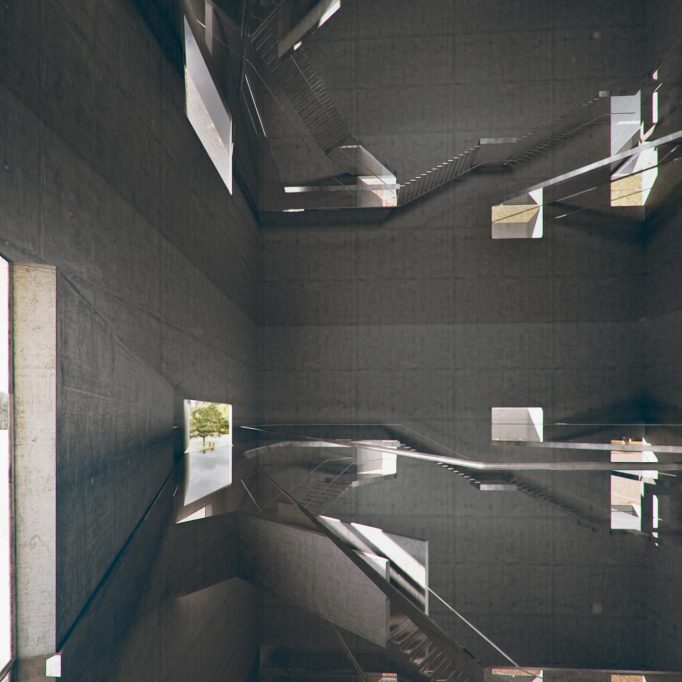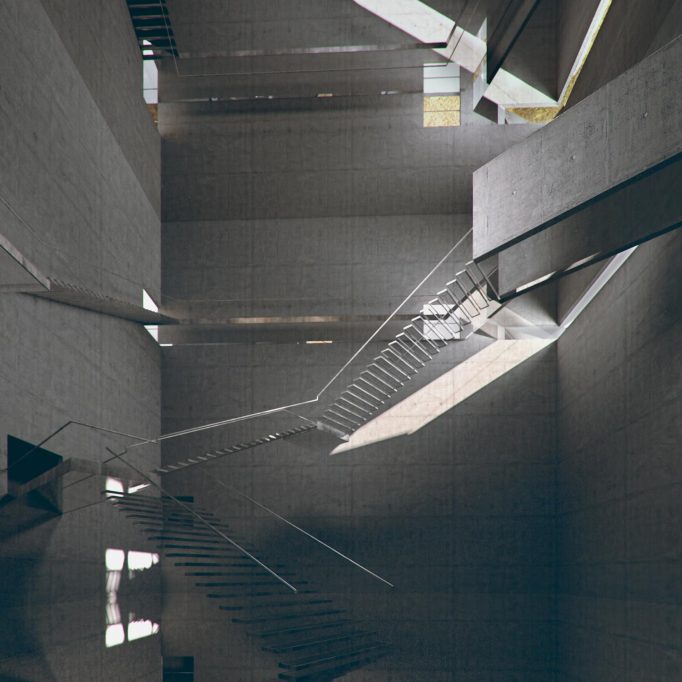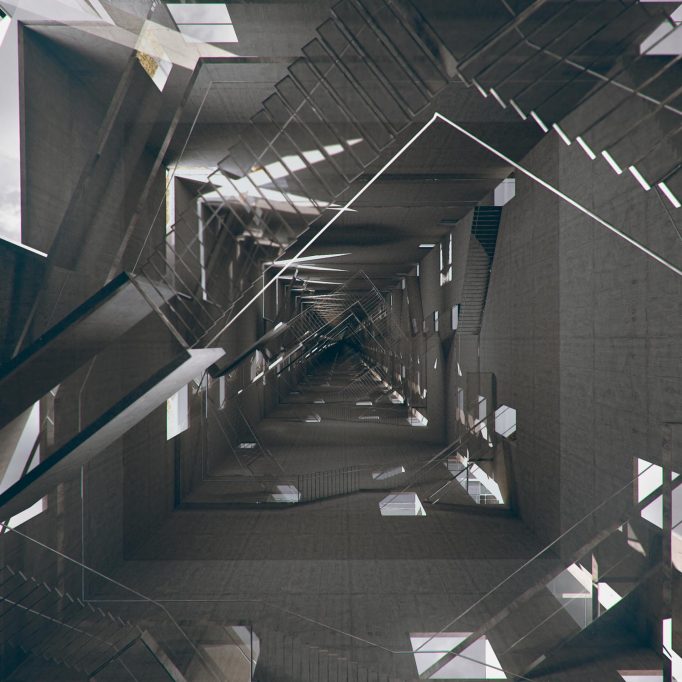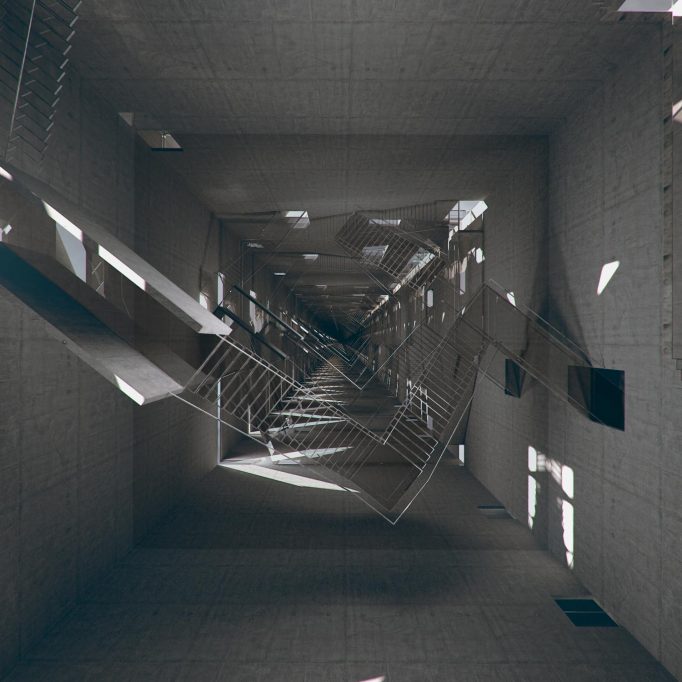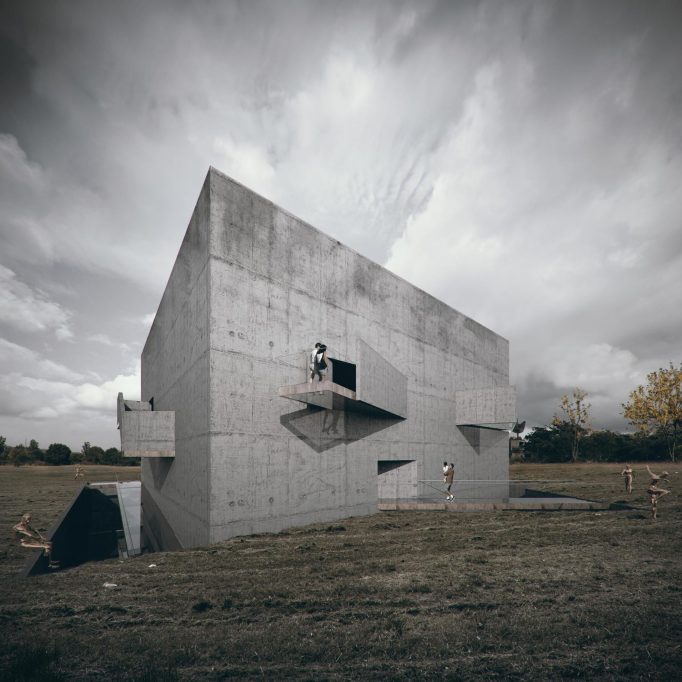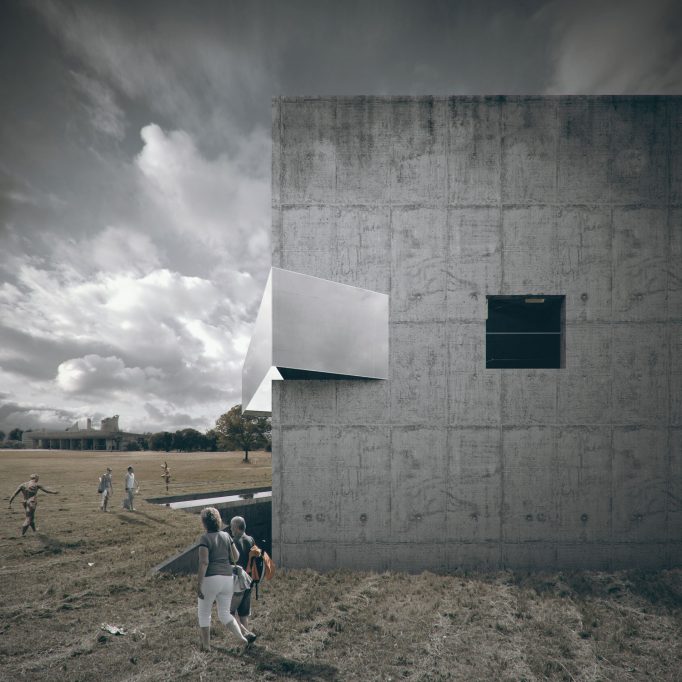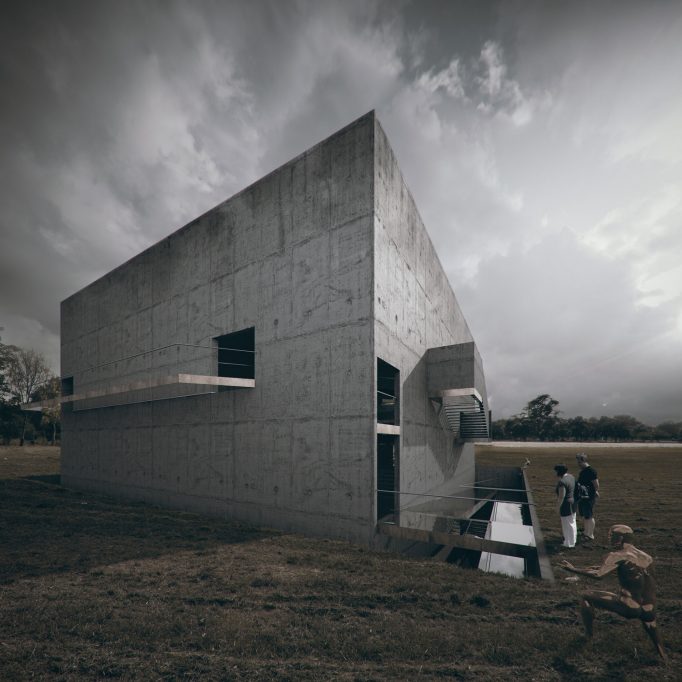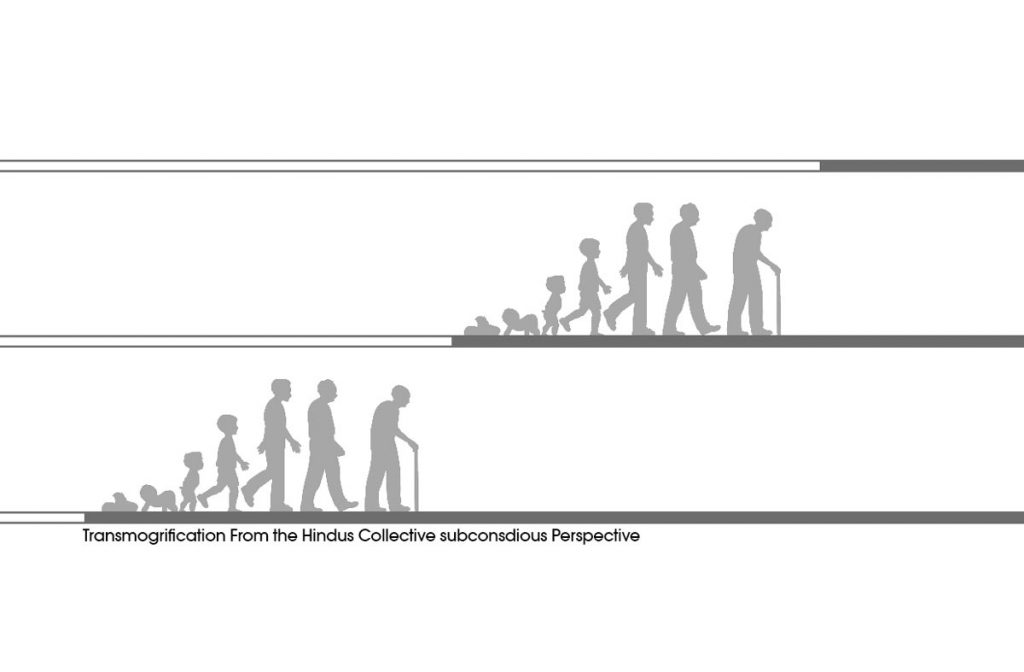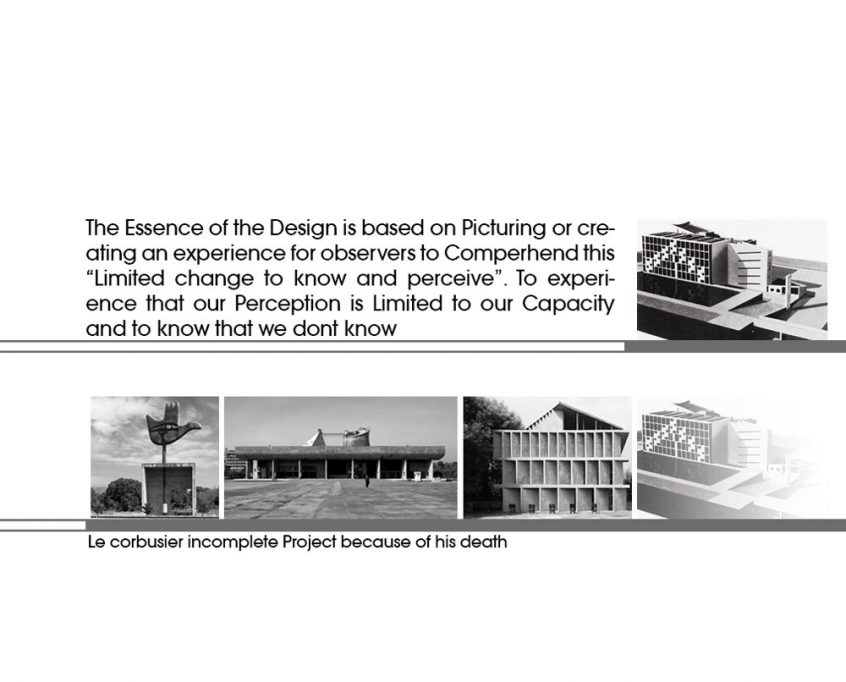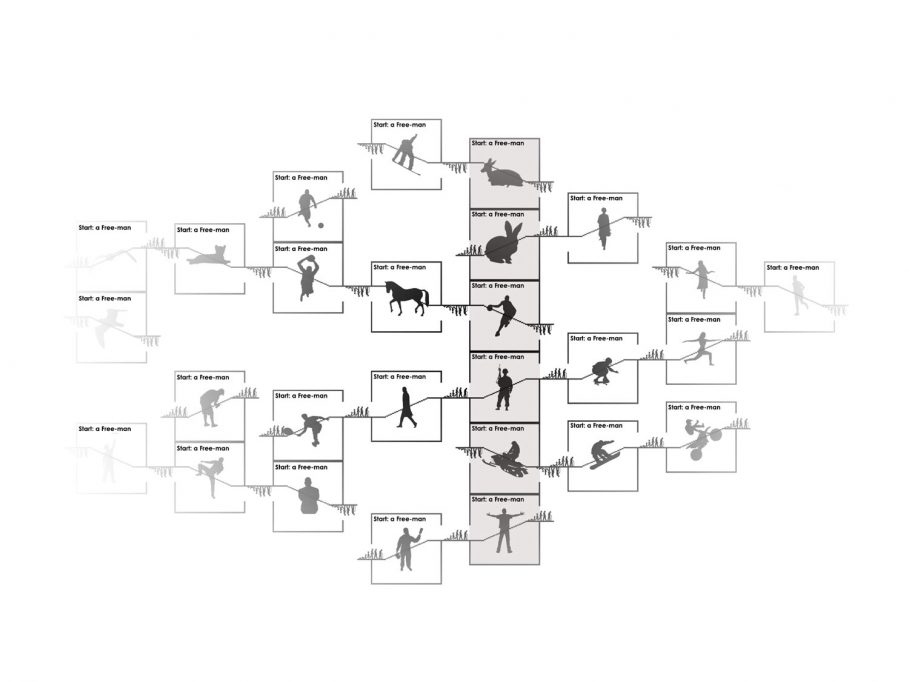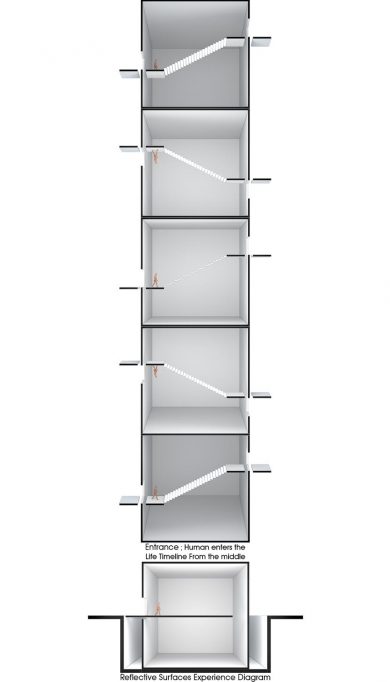- Cultural, Educational & Historical
Chandigarh Museum of Knowledge
Late 50s;Chandigarh Museum of Knowledge, A dialogue between urban design and modernism civil ideals; New era of urban design and architecture, emergence of technology and lots of impossibles that became possible at the time.
Knowledge museum, Le Cor busier incomplete project; Reason: Le Cor busier death on 27th August 1965.
Knowledge or awareness; A concept that should be studied from two points of view:
A sense that raised with modernism at the time of Chandigarh’s immersion.
21st century’s paradigm: Collective public subconscious view over “Knowledge” from the beginning of the time
Modernism defined awareness as “Science”. Technology and science were moving forward with an unparalleled speed and a world which was still working with classic science paradigms but was observing emergence of possibles out of impossibles. Impossibles which was believed to be beyond capabilities. A movement that believed it could provide humanity with latest, best way and the most righteous answer. A meta narrative beyond time.
Chandigarh Museum of Knowledge was constructed with the same attitude. A city which was not successful; A world far from human scales, far from contextual ism and lots of other “Far From”s in the eyes of observers.
Awareness from 21st century’s point of view – which was not necessarily “Postmodern” but from different angle “After the modern era” which found “context” a reality- is to know that meta narratives just think that they know and awareness is “Finding the unknown”.
The fact that human beings accept that what they know is not necessarily the whole truth, its just their share of awareness in their limited capacity at the time. The fact that Le Cor busier did not have enough time for more awareness and to finish his last project.
And awareness, from the contextual point of view and from Hindus collective subconscious perspective, is a limited chance to know and perceive during their consecutive lives.
The genesis of the idea is based on picturing or creating an experience for observers to comprehend this “limited chance to know and perceive”. To experience that our perception is limited to our capacity and to know that we don’t know.
The entrance is a bridge over a ditch-like pathway that we have no memory and no translation of it, but we will experience it later on as a path through the museum.
Then, right after entering the building we will face two choices. One way shows where it will take us and we can anticipate our next move. The other one, however, is a way with rigid walls that limit our sight and we can’t foresee what we will experience.
If we take the first way, a transitional path will take us outside the building and then, a staircase will guide us through the outside wall back into the building. A staircase with rigid walls that limit our vision over the site. After entering again into the structure a suspension bridge will find its way to the outside world again. The bridge on the outer shell will become a surface that will take us back to the building in the end, while, by choice, we can experience a glass box, which shows a blocked view of the only tree in the site, but provides us a full outer view over the other two sides. Back from the box to the bridge there is a path with a break that will create an axis view over the mentioned tree. The axis is a pathway that guides the user through itself to the end and then only vision can fly further but physically there is no way forward. Back from the console, the bridge will lead us to the staircase that ends with the exit door.
Through this scenario, there is a point that we can choose a downward staircase instead of the axis with view over the tree, and as a result we will experience ending of an opportunity to perceive and exit the museum. The choice is ours, not to live the perception way, or to pick the way with limited knowledge.
The other choice in the beginning; After the bridge with rigid walls, there is a downward staircase to another bridge, which will take us to the outside, a place that we find ourselves in the mentioned ditch-like pathway. Then couple of ramps awaiting to lead us to the floor. While passing through these ramps, there are splits in the shell that will provide views from the inside, but look like promontories with no physical access. At the end of ramps, there is nothing waiting for us, except if we look for an aperture to the inside. Then we will find a reflection from inner space.
If we follow the reflection we will find a chamber, which we have passed through previously, but this time we will stand on the mirror floor. And an infinite reflection, images of our world or our life. Sequences of reality and virtual with no distinction and no choice. Images that represent Hindus previous or next lives. Surfaces that suggest the present moment is also an image.
In this space, we find a staircase that leads to nowhere, looks like it misses couple of steps to achievement.
Departing from the reflection chamber, long ramps will guide us to the exit way, providing a chance to think about the experience that we just exercised.
In the main area, there are statues, expressing various spiritual postures of human being during life. Sequences of unknowns or “I know that I don’t know”s. Pictures of experiencing the moment and elements for human to perceive what he wants.
Category
- Cultural, Educational & Historical
Client
- ARCHASM
Location
- Chandigarh, india
Area
- 800 M2
Status
- Completed
Year
- 2015
Design Team
Designer: Reza Mafakher
Design Associates: Sayena Afshar, Nazanin Javanshir, Sahar Haghparast, Hamed Sarhadi
Presentation: Hamed Sarhadi
Author : Sahar HaghparastAwards
- ---
Share



